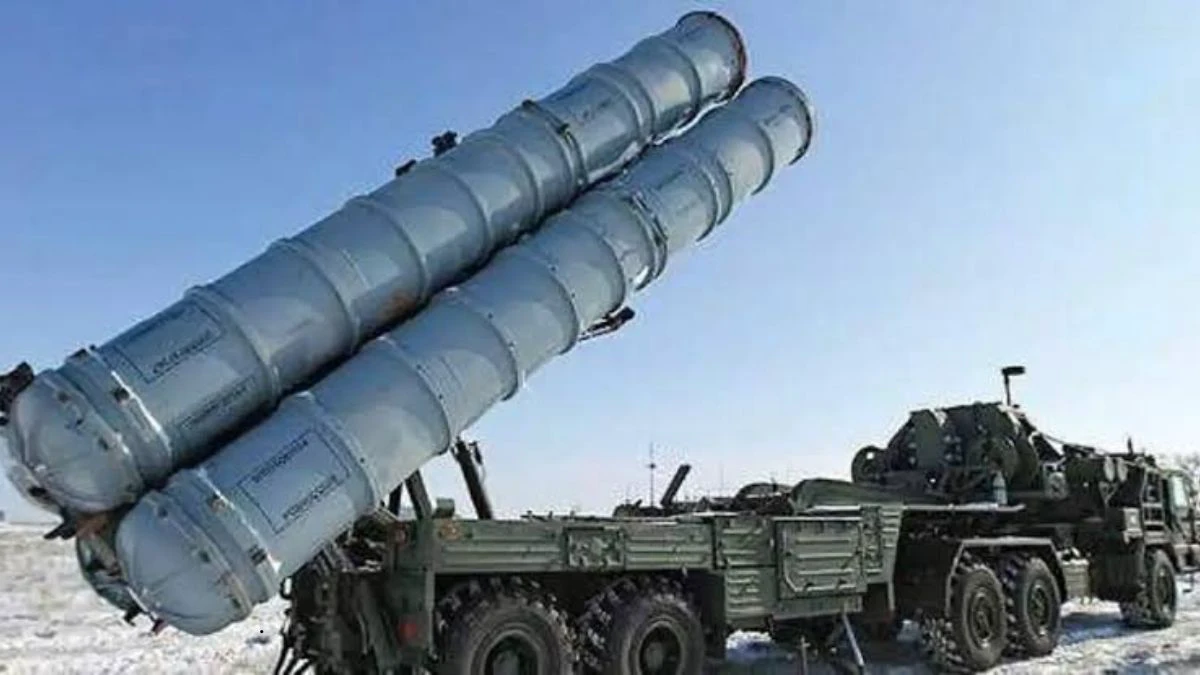In the wake of the ongoing Operation Sindoor and Pakistan’s attempted missile-drone strike on multiple Indian military installations, India’s S-400 air defence system stood tall – successfully neutralising the incoming threats.
Meanwhile, several of Pakistan’s Chinese-origin HQ-9 air defence systems were reportedly struck, including one key installation in Lahore, according to official sources.
This contrast in performance has reignited comparisons between the Indian Air Force’s Russian-made S-400 Triumf and Pakistan’s HQ-9/P systems developed by China.
S-400 vs HQ-9: The critical differences
| Feature | S-400 (India) | HQ-9/P (Pakistan) |
|---|---|---|
| Max Targets Tracked | 100 | 100 |
| Max Targets Engaged | 36 | 8-10 |
| Radar Detection Range | 600 km | 150-200 km |
| Engagement Range | 40-400 km | 25-125 km |
| Missile Guidance | Active/semi-active radar, TVM | Semi-active radar, TVM |
| Battle-Tested | Yes (Russia-Ukraine conflict) | No |
What makes the S-400 more effective?
- Superior Range: The S-400 can detect threats up to 600 km away and neutralise targets from 400 km, far surpassing the HQ-9’s best range of 125 km.
- Target Saturation Capability: The S-400 can simultaneously engage 36 targets – including drones, fighter jets, and ballistic missiles – compared to HQ-9’s 8-10.
- Advanced Radar Suite: Its radars can track 300 targets concurrently and detect stealth aircraft and low-altitude missiles in electronic warfare environments.
- Rapid Mobility: Mounted on wheeled vehicles, the system can be relocated quickly and launched within 5-10 minutes.
- Battle Proven: Unlike HQ-9, the S-400 has seen extensive real-world deployment and success in active combat zones.
About Pakistan’s HQ-9 Air Defence System
- Developed by China, the HQ-9 offers radar detection up to 200 km.
- It uses cold launch technology and radar-homing missiles.
- However, its missile variety, radar range, and combat experience fall short compared to the S-400.
- Reports suggest one of these systems was neutralised by India in Lahore during the latest round of counter-attacks.
In conclusion, while both India and Pakistan rely heavily on surface-to-air missile systems for aerial defence, the Indian S-400 Triumf – referred to as “Sudarshan Chakra” – holds a significant edge in terms of range, target engagement, radar sophistication, and real-world validation.
As Operation Sindoor unfolds, this technological edge has translated into strategic advantage on the ground.
